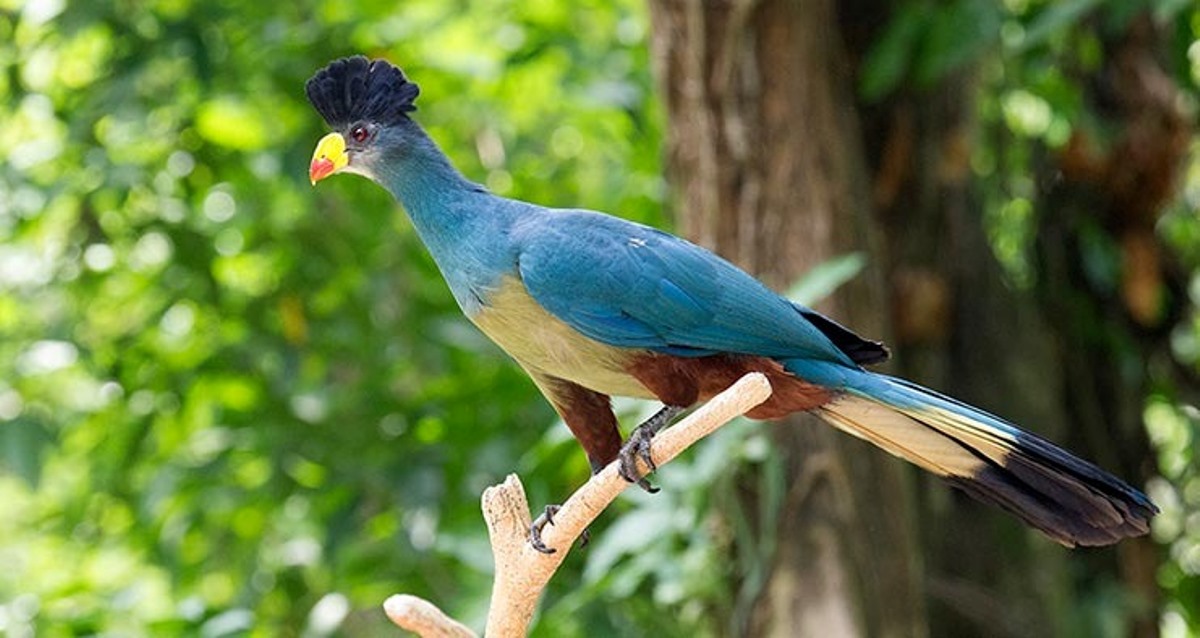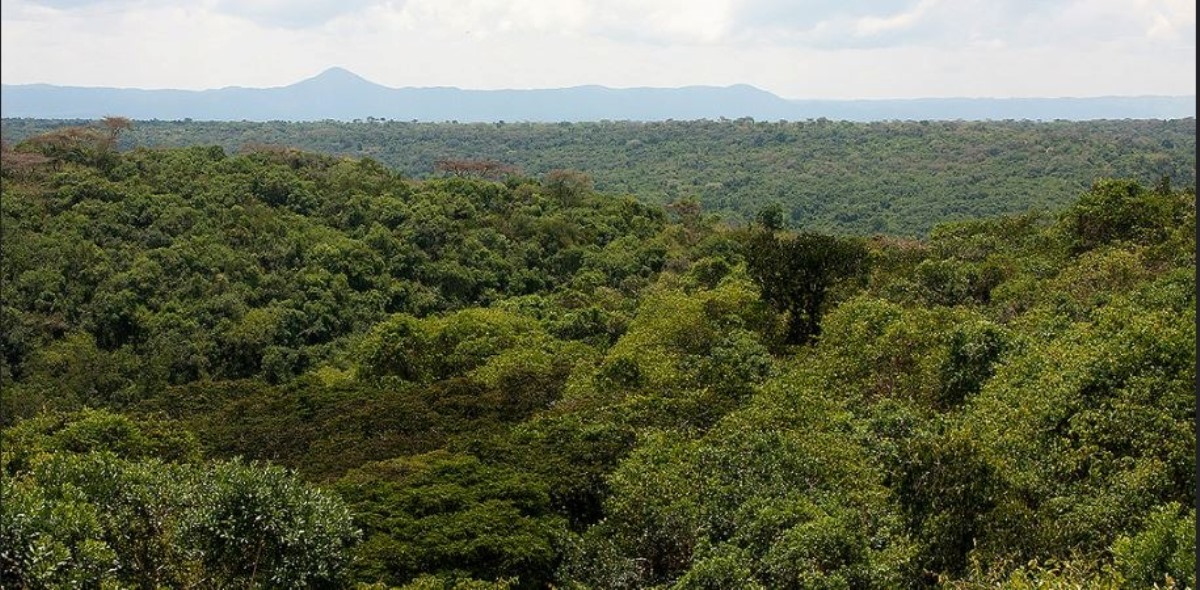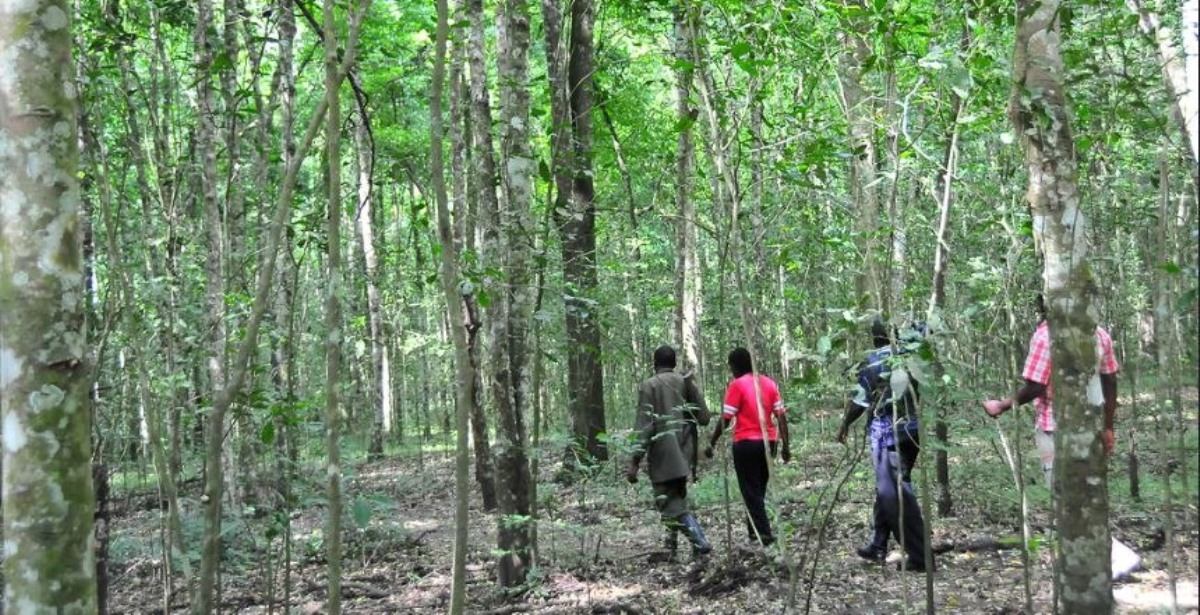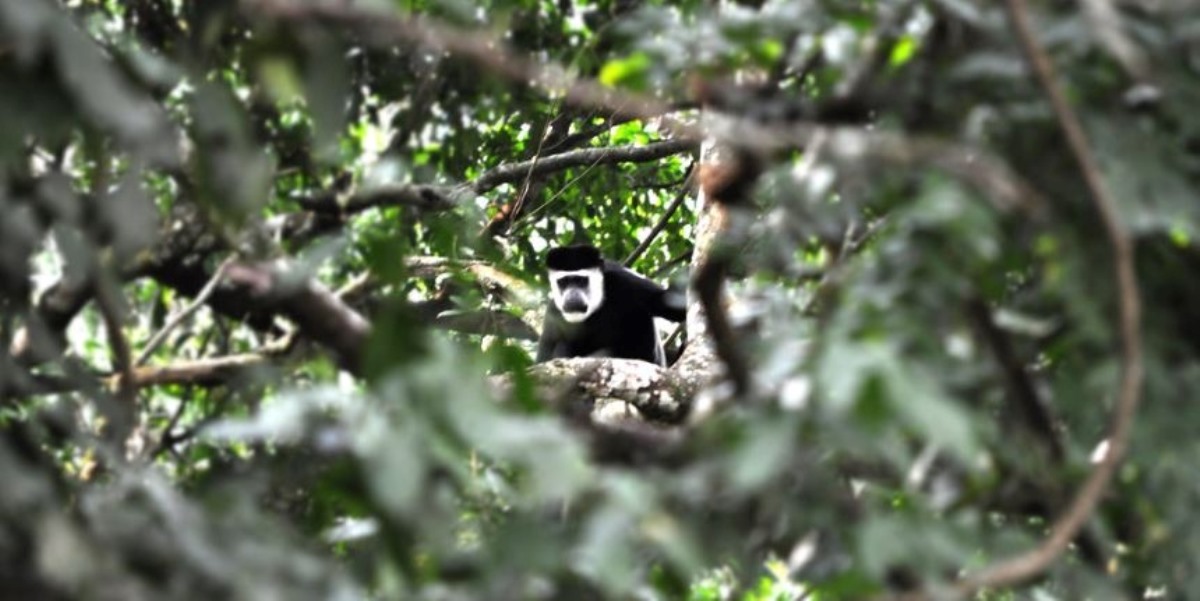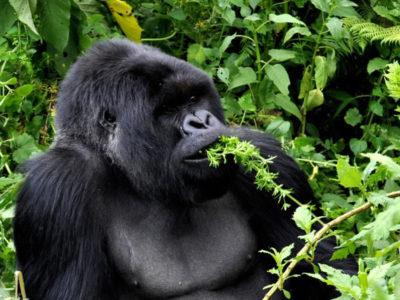Maramagambo Forest Travel Guide | Forests, Uganda
MARAMAGAMBO FOREST TRAVEL GUIDE
LOCATION OF MARAMAGAMBO FOREST, UGANDA
Maramagambo Forest is located in the Bushenyi District of Western Uganda. It adjoins the Queen Elizabeth National Park to the North. This lush rainforest is known for its rich biodiversity, including chimpanzees, red-tailed monkeys, and various bird species. The forest is also famous for its bat cave and crater lakes, Lake Kyasanduka and Lake Nyamasingiri.
SOME HISTORY OF MARAMAGAMBO FOREST, UGANDA
Maramagambo Forest, located in the Bushenyi District of western Uganda, is one of the largest forests in East Africa. The forest stretches from the Kichwamba escarpment to Lake Edward and is part of the Queen Elizabeth National Park.
The name “Maramagambo” is derived from a local legend. According to the tale, a group of young people got lost in the forest for several days. By the time they found their way back to their village, they were so exhausted and traumatized that they could not speak for an extended period. The term “Maramagambo” translates to “end of words” or "speechless".
Maramagambo Forest is renowned for its rich biodiversity. It is home to various species of primates, including chimpanzees and red-tailed monkeys, as well as numerous bird species like the Rwenzori Turaco and Forest Flycatchers. The forest also features a famous bat cave, which gained international attention in 2008 when a Dutch tourist contracted the Marburg virus from the bats residing there.
The forest is jointly managed by the Uganda Wildlife Authority and the National Forestry Authority. Despite its ecological significance, Maramagambo Forest is one of the less frequented attractions in Queen Elizabeth National Park. This is partly due to the popularity of nearby Kyambura Gorge for chimpanzee tracking. However, Maramagambo offers unique experiences such as nature walks, bird watching, and exploring the bat cave and crater lakes.
Efforts have been made to promote tourism and conservation in Maramagambo Forest. The construction of a viewing platform at the bat cave, supported by the U.S. Centers for Disease Control and Prevention, is one such initiative. Additionally, the forest provides essential resources to nearby communities, including water, firewood, and traditional medicines.
Maramagambo Forest remains a vital ecological and cultural asset in Uganda, offering both challenges and opportunities for conservation and sustainable tourism.

